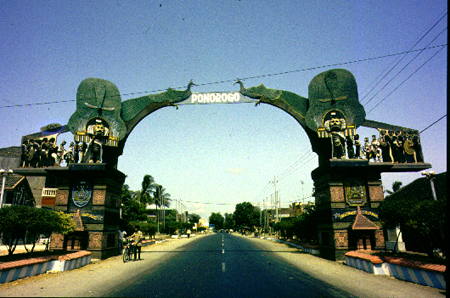
VIDEO CLIP: Figure 5. Interview with Pak Sobrani, a contemporary warok, and his gemblak.
(Courtesy Josko Petkovic) | Pak Sobrani: In the past a warok was an outstanding person, a person who studied esoteric knowledge in its totality, achieving spiritual and physical invulnerability. They had much knowledge. They were invulnerable, you could do anything to them without effect. They could create anything.
Question: Can they have wives?
Pak Sobrani: In the old days waroks liked young boys, like these ones ... they are called gemblak. Warok and gemblak go hand in hand, they can't be separated. |






0 Komentar:
Posting Komentar
Berlangganan Posting Komentar [Atom]
<< Beranda